May 27, 1776: Six Nations Meet with Continental Congress
Twenty-one Iroquois came to meet with Congress in May of 1776. For over a month, they would observe the operations of the Continental Congress and its president, John Hancock, as they lodged on the second floor of the Pennsylvania State House (now called Independence Hall). On May 27, 1776, Richard Henry Lee reported that the American army had a parade of two to three thousand men to impress the Iroquois with the strength of the United States. Four tribes of the Six Nations viewed the parade, and Lee hoped “to secure the friendship of these people.” Newspaper accounts stated that Generals Washington, Horatio Gates and Thomas Mifflin, “the Members of Congress…and…the Indians…on business with the Congress” reviewed the troops. On June 11, 1776, while the question of independence was being debated, the visiting Iroquois chiefs were formally invited into the meeting hall of the Congress. There a speech was delivered, in which they were addressed as “Brothers” and told of the delegates’ wish that the “friendship” between them would “continue as long as the sun shall shine” and the “waters run.” The speech also expressed the hope that the new Americans and the Iroquois act “as one people, and have but one heart.” After this speech, an Onondaga chief requested permission to give Hancock an Indian name. The Congress graciously consented, and so the President was renamed “Karanduawn, or the Great Tree.”
Meanwhile, the British were similarly courting the Indians. In 1775, King George III demanded the use of Indians to distress the Americans. In July 1776, British Colonel Guy Johnson and Joseph Brant, the pro-British Mohawk, returned to New York from a visit to England. While in London, Brant had been warmly received and highly honored; George Romney even painted his portrait. Brant had become more than ever convinced that the Indians’ future lay with the British Crown and not with the American colonists. After distinguishing himself at the Battle of Long Island, Brant slipped through the patriot lines in order to return to Iroquoia and bring his countrymen into the fight against the Americans. In conjunction with Colonel Butler, the British commander at Fort Niagara, in time Brant succeeded in getting four of the six Iroquois nations to take up the hatchet against the Americans.
Source: Raab Collection


